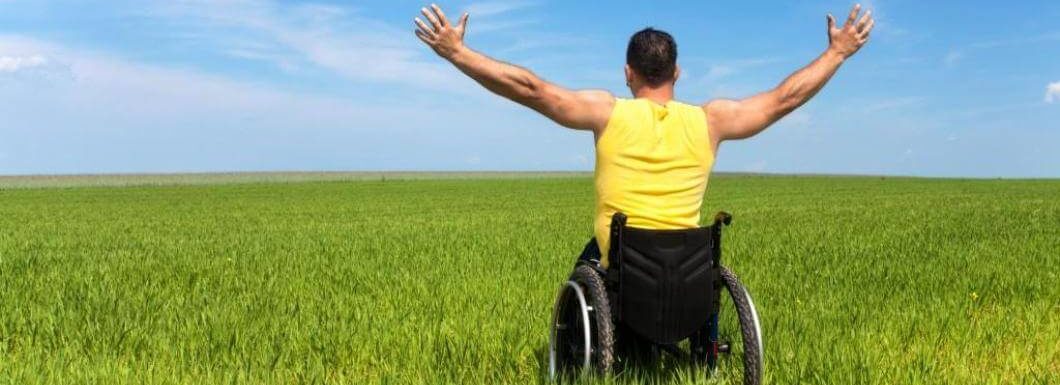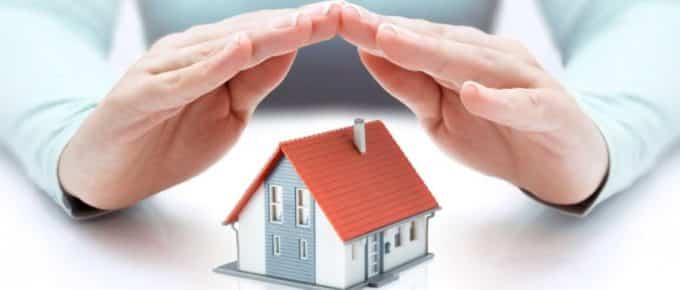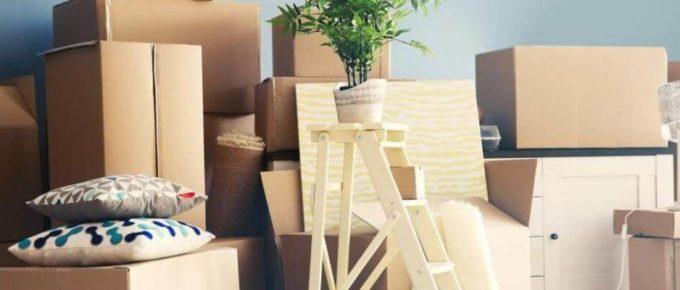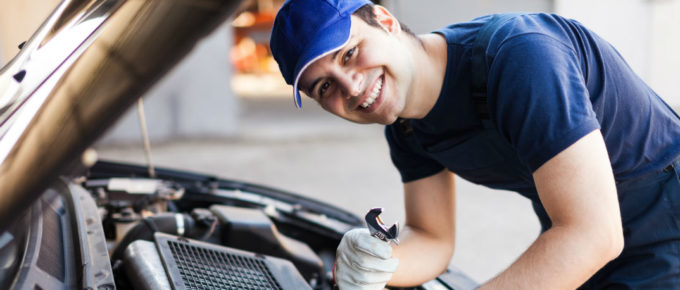As members of society, we have to pay the utmost attention to taking care of our loved ones. When it comes to this, safety is one of the major concerns that come to mind. Safeguarding the elderly and children is a tough task in and of itself. But, this becomes way more tougher when a disabled person comes into the picture. The bitter truth is that disability can hit anyone at anytime. It is always better to be prepared. Home Safety is an important part of caring for the disabled. In this article, we provide you with a comprehensive guide on home safety for the disabled.
Making Your Home Safe For The Disabled
1. Create A Safe Place
Your topmost priority needs to be to ensure that the disabled person is comfortable. There is no point in securing a home which is not liked by them. They might feel imprisoned inside such a home. You must ensure that the place is cosy and welcoming to them.
2. Renovate Your House
Accessibility is one of the biggest issues for the disabled living in homes. Most homes are designed keeping in mind the average person. This poses a problem for a person with disabilities. Caregivers must ensure that the house is accessible for them. This includes every part of the house from doors to bathrooms. Bathrooms must be simple enough for the disabled person to access by themselves. You can do this by changing or renovating the house to suit the needs of the disabled person. These are a few places that you may consider remodelling:
a) Doorframes
Doorframes are a tricky part of the house. If you have to manoeuvre a wheelchair bound person, then you may consider widening the doorframe. Doorknobs may also be difficult to use for some people. You can replace them with latches or easier to use doorknobs.
b) Staircases
Staircases may be exhausting to a person with disabilities. In such cases, you can make small ramps for them to use. Statistically, ramps are considered to be safer than steps as there is no fear of missing a step and falling. If ramps are out of your budget, then you can also consider getting railings for the staircases. This will reinforce the staircase and give additional support to people climbing up the stairs. Do have a heavy duty stair climbing carts at your home for their assistance.
c) Bathrooms
One of the most important parts of home safety is the bathroom. It can be uncomfortable to assist a person to the bathroom, but you can reduce this by making the bathroom more accessible. Make sure that the bathroom isn’t too far for them to access. You can install shower curtains and raised toilet seats. you can get some good toilet seats specifically for the disableds. This will help increase privacy and safety at the same time.
d) Floors
There are a thousand ways to decorate a floor. But, only some of them are safe for disabled people. You must get rid of slippery floors and cracks. It is advisable to make your floors wheelchair-friendly.
e) Kitchen
The kitchen is a haven for unsafe objects. You can remodel your kitchen to ensure that ovens and stoves are not easily accessible. You can also build more shelves to store sharp and dangerous utensils. If necessary you can secure the refrigerator as well.
3. Get Safety Equipment
In many cases, a caregiver is an earning member of the family. You may not always be present to take care of the disabled person. After all, it is difficult to keep track of someone throughout the 24 hours in a day. This is where technology can help you out. Home Safety has progressed to the point wherein there are various equipments that help you secure your home. A few essential ones are listed down below:
a) Security Cameras
This is the most obvious equipment that will ensure that you always where they are. You can also detect intruders and alert your neighbors if you spot any suspicious activities.
b) Locks
Locks are very helpful to block access to unsafe materials in the house. You can install child locks, smart locks and peepholes which will help you to better protect them.
c) Fire Safety Equipment
In today’s world, homes across the world are becoming increasingly vulnerable to fires. It is better to be safe than sorry. You can fire-proof your house and get safety equipment like fire extinguishers, fire alarms, smoke detectors, etc.
c) Alert Systems
Medical emergencies happen without warning. There are many applications that can be installed on your mobile device that will let you receive emergency alerts during such a situation. Smart watches and other wearable devices have also started incorporating alert systems into their software. You can also attend seminars that teach disabled people how to alert their caregiver if they need anything. Alert Systems are probably the most affordable way to protect your loved ones.
4. Store Away Machines And Appliances
Washing machines, dryers, electrical cords, hair dryers, etc can be kept in a separate room. You can lock the room to prevent them from gaining access and misusing these machines.
5. Proper Lighting
A little bit of extra light will help everyone be more careful inside the house. Install a bright lighting system in the house. Don’t forget to light up the staircases and other vulnerable spots in the house.
6. Keep Them Away from Harmful Substances
Disabled People have a high chance of being depressed or experiencing mental health issues. You must do your part to protect them by keeping them away from harmful things. For example, if they have dietary restrictions, you can get rid of all the unnecessary food items in your house. Another important but often ignored aspect of taking care of the disabled to make sure they aren’t exposed to any addictions. You can set an example by making your house a smoke-free or alcohol-free zone.
7. Set Up An Emergency Exit
Emergency exits are helpful in the case of an urgent situation. You might have to explain the purpose of such an exit. Make sure the required safety measures are put in place before you grant access to the emergency exit. Install security cameras near this door as well, so you are able to monitor it remotely.
8. Listen to Advice
Being a caregiver does not mean that you are the solo decision maker for the disabled person. It is necessary to get a third person perspective before making any decisions. You may have to decide whether you should have a ramp installed in your house or you should install new security measures. Don’t decide in haste. Listen to advice from your doctors, friends and well-wishers. Ask the opinion of the patient as well. Evaluate all the options and then take a decision. When you are faced with decisions, it is important to remember that somebody’s life depends on you.
Questions That You Should Ask Yourself
1. What Is The Ideal Place For A Person With Disabilities?
The answer to this varies from person to person. But, in most cases if you have a child with disabilities, then it is advisable that they live with you. Children need constant attention and love, especially when they are dealing with disabilities. Adults may also want to stay at home as it is a familiar environment to them. The ideal place for a disabled person is wherever they feel the most comfortable at.
2. Are They Really Safe At Home?
It is not an easy question to ask yourself, but it must be done. There is no use in securing a home when you aren’t able to fulfil the needs of a disabled person. You might want to keep them close to you, where you can monitor them. But, if they aren’t really safe at home, then it is better to seek help elsewhere. Their safety should be your priority. If it is not possible to provide a safe and secure home for them, then you can apply to welfare programs or enrol them in a caring facility. This way you are ensuring that they are well-cared for and safe.
A Word To Caregivers
If you are the caregiver for a person with disabilities, then you have a great responsibility on your shoulders. Are you nervous? You probably are. If you think you won’t be able to handle such a situation, then you are wrong. Statistics show that most caregivers who were worried about their performance went on to be extremely good at it. It is important to realise that mistakes are bound to happen. You will learn from your mistakes and become a better caregiver. It will benefit both you and the person you are taking care of. A healthy environment is one in which you feel happy and protected. Handling the safety of a disabled person is no easy task. But, it is definitely a rewarding one.







Leave a Reply